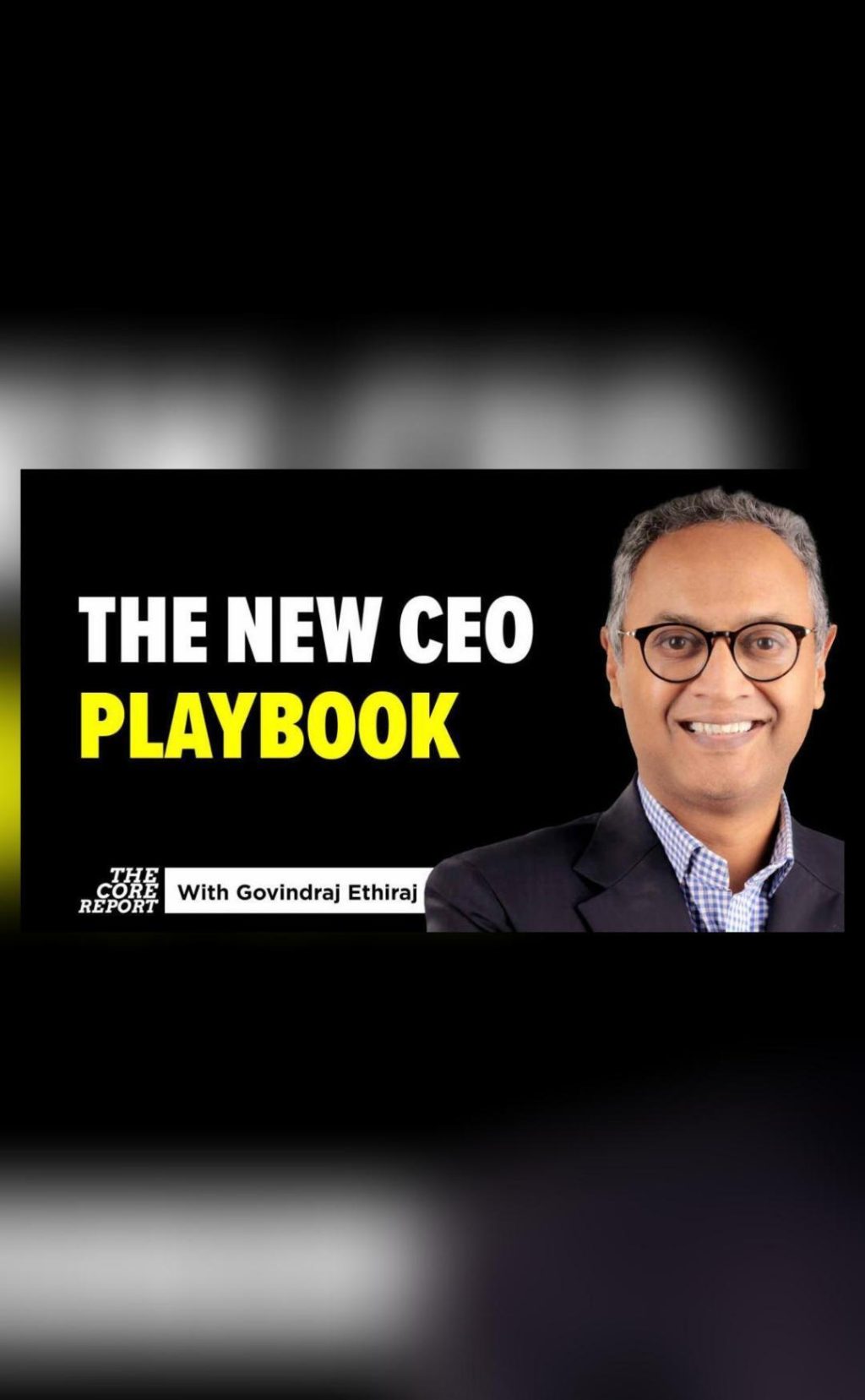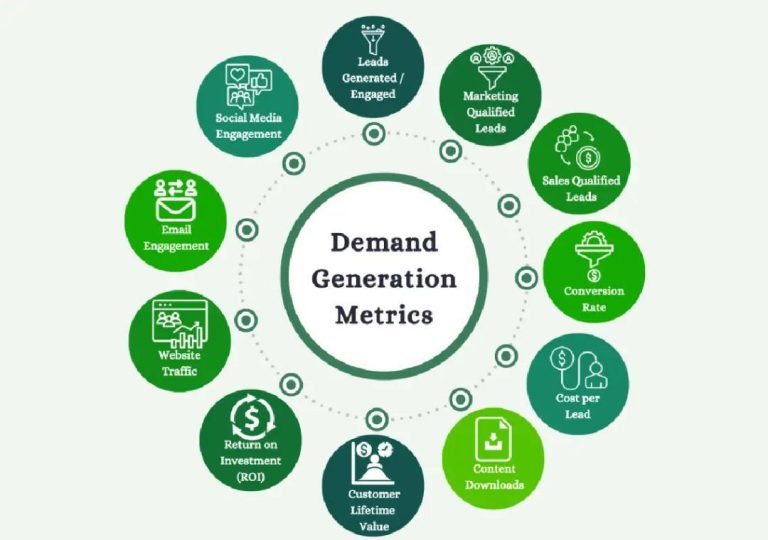
The New CEO Playbook: AI Pressures & Global Tariff Shocks
As the world of business continues to evolve at a breakneck pace, CEOs are facing an unprecedented array of challenges. From the internal pressure to automate and innovate, to the external forces of shifting trade policies and global tariff shocks, leaders are being forced to rethink their strategy and operations in order to stay ahead of the curve.
In this article, we’ll explore the key pressures and shocks that CEOs are facing, and how they can adapt and thrive in this rapidly changing landscape.
AI Pressures: The Need to Automate and Innovate
Artificial intelligence (AI) has been hailed as a game-changer for businesses, with the potential to increase efficiency, reduce costs, and drive innovation. However, the implementation of AI also presents a number of challenges for CEOs.
One of the key challenges is the need to automate and innovate. As AI becomes increasingly prevalent, companies are being forced to rethink their business models and operations in order to stay competitive. This may involve adopting new technologies, such as machine learning and natural language processing, or retraining employees to work alongside AI systems.
According to a recent report by McKinsey, AI has the potential to boost business productivity by up to 30% by 2030. However, the report also warns that the adoption of AI will be a complex and challenging process, requiring significant investments in training and retraining for employees.
Global Tariff Shocks: The Impact on Trade
In addition to the pressures of AI, CEOs are also facing a range of external challenges, including the impact of global tariff shocks on trade.
The current trade tensions between the US and China, for example, have led to a range of tariffs being imposed on goods imported and exported between the two countries. This has had a significant impact on businesses, particularly those that rely heavily on international trade.
According to a recent report by the World Trade Organization, the tariffs imposed by the US and China have led to a decline in global trade, with the value of exports and imports falling by over 1% in the first quarter of 2020.
Rethinking Strategy and Operations
So, how can CEOs adapt and thrive in this rapidly changing landscape? One key strategy is to rethink their approach to strategy and operations.
This may involve adopting a more agile and flexible approach to business, with a focus on adapting quickly to changing market conditions and customer needs. It may also involve investing in new technologies, such as AI and machine learning, in order to stay ahead of the competition.
Another key strategy is to focus on localising and adapting to local markets. This may involve investing in new facilities or operations in key markets, or partnering with local businesses to better understand the needs and preferences of customers.
The Need for Resilience and Adaptability
In conclusion, the new CEO playbook is all about resilience and adaptability. CEOs must be able to navigate the challenges of AI and global tariff shocks, while also staying focused on their core business and customer needs.
This may involve making tough decisions, such as investing in new technologies or divesting from non-core businesses. It may also involve building new partnerships and collaborations, or developing new skills and competencies within the organization.
As the world of business continues to evolve at a breakneck pace, CEOs who are able to adapt and thrive will be those who are able to stay ahead of the curve, while also staying true to their core values and mission.
Watch the news video for more insights:






